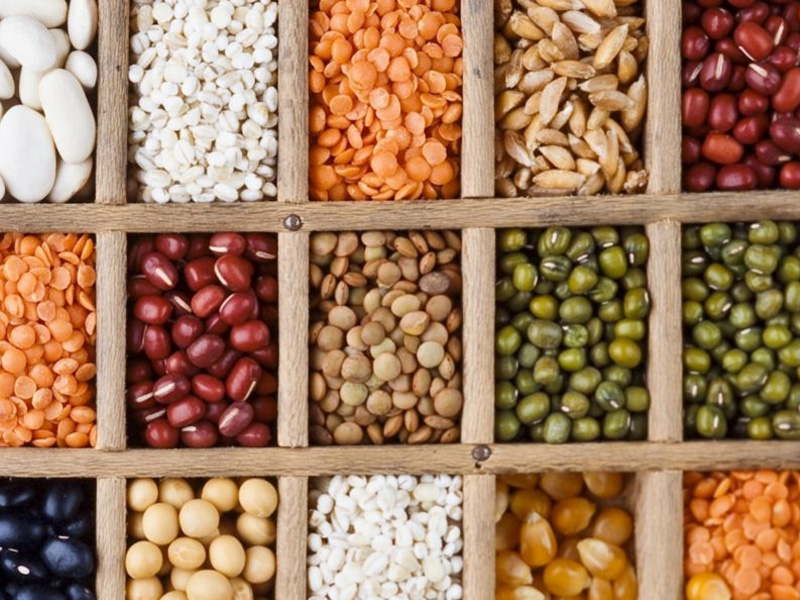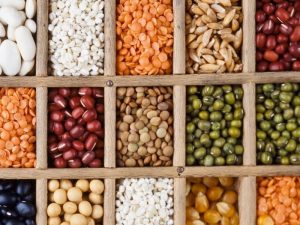QUALITY SEED FOR INCREASING PRODUCTIVITY


During 20th century alone, the world population has grown from 1.65 billion to 6 billion. In 1970, there were roughly half as many people in the world as of there now. Though, due to declining growth rates, now it will take over 200 years to double it again, the predicted population will be around 10 billion during 2050 and 11 billion by the end of this century. Accordingly, to feed the population, we have to increase the productivity by many folds to balance the demand of such a huge population and the pressure will be more in developing countries like Nepal. Average productivity of many crops in Nepal is still far below the world’s average and at the same time the food availability to all at affordable price is a major concern. Achieving food security for all should be the motto of Nepal and to make sure that people have regular access to enough high-quality food to lead active and healthy lives. The eradication of hunger, food insecurity and malnutrition, elimination of poverty and the driving nation towards economic and social progress can be fulfilled by focusing on the factors that are capable of making a change in the productivity of all the farmers of Nepal.
Increase in population and decreased in food supply can be a big trouble for Nepal along with the fact that non-agricultural land uses are increasing and natural resources are shrinking and degrading rapidly. Hence, there is an urgent need to increase productivity and quality in all these crops and devise mechanism to make it available to all to have both food and nutritional security. This can only be possible by optimizing the yield and quality through improved production technologies and integration of natural resources for producing healthy food. Use of quality seed is the most important production factor. Quality seeds can be defined as varietally pure with high germination percentage, free from diseases and disease organisms, with proper moisture and weight ensuring good germination, rapid emergence, and vigorous growth. . There are four basic parameters to seed quality attributes:
- Physical qualities of the seed in the specific seed lot
- Physiological qualities which refers to aspects of performance of the seed
- Genetic quality which relates to specific genetic characteristics of seed variety
- Seed Health which refers to the presence of diseases and pests within a seed lot
Seed is a critical input for enhancing productivity of all agricultural and horticultural crops and plays a vital role in ensuring food security. It also offers to integrate production, protection and quality enhancement technologies in a single entity, in a cost-effective way as use of quality seeds alone increases productivity by 15-20 percent highlighting its importance in agriculture. The response of all other inputs depends on quality of seeds to a large extent and it can be further raised up to 45 per cent with efficient management of other inputs. Therefore, any attempt to enhance agricultural productivity will largely depend on higher replacement rate of quality seeds of high yielding varieties
With the observation of the aforementioned qualities of food seeds, we can come to a certain understanding of how much is the quality of seeds important for better crop stand and high input efficiency. When seed has good physical, physiological, health and genetic qualities, farmers have greater prospects of producing a good crop. High quality seed is a major factor in obtaining a good crop stand and rapid plant development even under adverse conditions although other factors such as rainfall, agronomic practices, soil fertility, and pest control are also crucial. Producing quality seeds is an effective tool to address the issues of self-sufficiency, food security and economic development. For the assessment of quality seeds, the main things that matter are purity, germination, and moisture content of the seed lot. For that, certified seeds are highly used, which really have purity. If certified seeds are available for farmers, then it can be advantageous for them in many perspectives like uniform plant population and maturity. As they are also found to be profitable in terms of monetary as farmers can get high returns per unit area as the genetic potentiality of the crop be fully exploited, with increased nutrient use efficiency. It can be a sound material for transforming the agriculture of Nepal, mainly in rural sides, as it supports the saving of money of poor farmers, and high production and supply in the market from rural sides supporting the GDP of country. So quality seed helps in high farm productivity, profitability and ultimately food security in Nepal.
Kunwar is currently a student of Agriculture at Institute of Agriculture and Animal Science, Lamjung Campus.

 Nature Khabar
Nature Khabar




Feedback